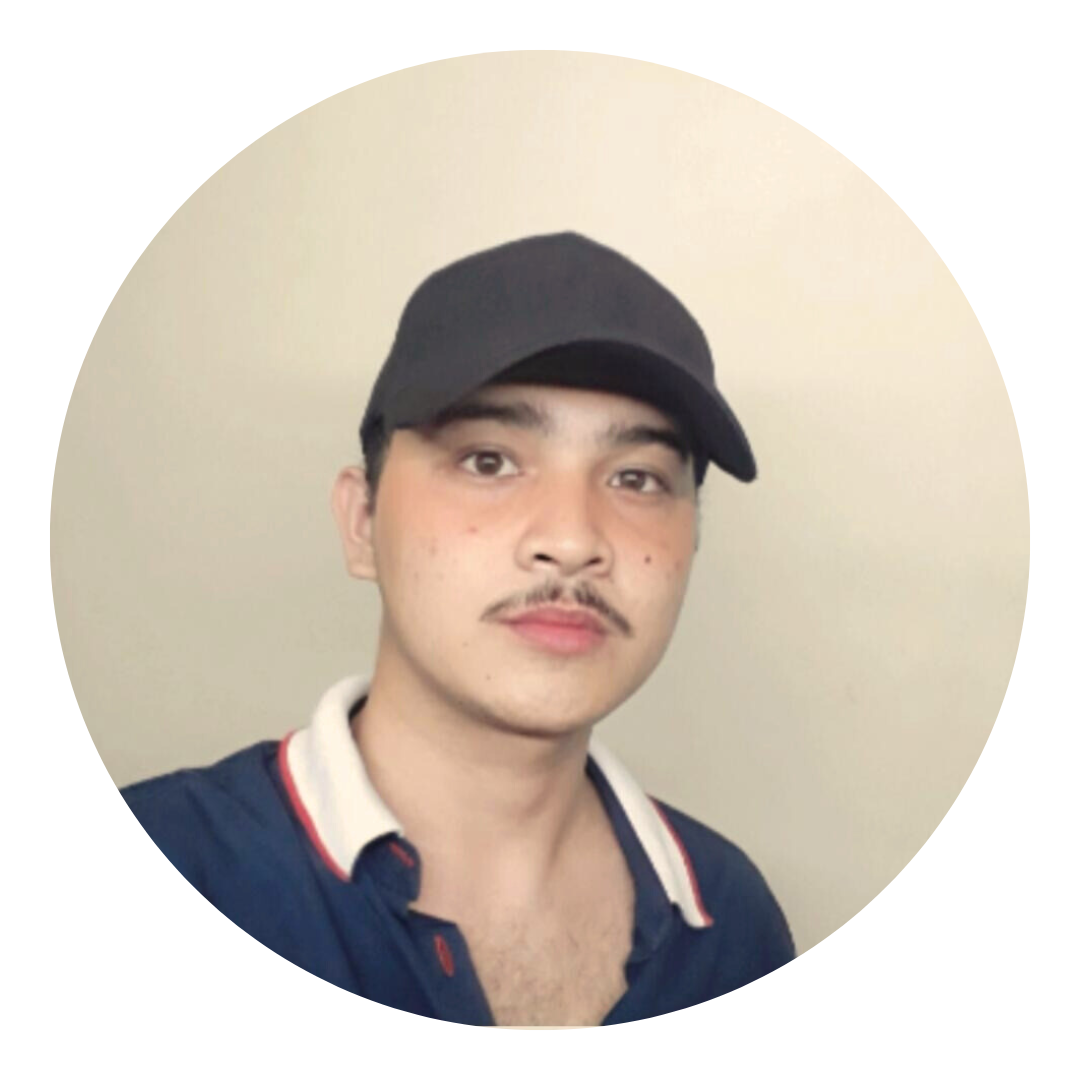Diagnostic Medical Sonographer vs Veterinary Assistant

Key Points:
- Diagnostic Medical Sonographers use imaging technology to help diagnose medical conditions; Veterinary Assistants provide basic care and support to animals in veterinary clinics.
- Diagnostic Medical Sonographers typically earn higher salaries than Veterinary Assistants.
- Both fields are expected to see job growth.
- Diagnostic Medical Sonographers usually require a 2-year associate's degree, while Veterinary Assistants may only need a certificate program or on-the-job training.
- The training for Diagnostic Medical Sonographers is generally more expensive and takes longer than the training for Veterinary Assistants.
In today's fast-paced and ever-evolving world, there is an increasing demand for skilled professionals in various industries. Two such professions that are gaining popularity are diagnostic medical sonography and veterinary assisting. While both of these careers involve working with patients, the nature of the work, education requirements, and career outlook differ significantly. In this blog post, we will explore the differences between a diagnostic medical sonographer and a veterinary assistant to help you make an informed decision about which path is right for you.
Diagnostic Medical Sonographer vs Veterinary Assistant: Career Outlook and Salary
-
Diagnostic Medical Sonographer: The career outlook for diagnostic medical sonographers is very promising. According to the Bureau of Labor Statistics (BLS), employment in this field is projected to grow 17 percent from 2019 to 2029, much faster than the average for all occupations. This growth is primarily driven by the increasing use of ultrasound technology as a safer alternative to other imaging techniques. As of May 2020, the median annual wage for diagnostic medical sonographers was $75,920.
-
Veterinary Assistant: The career outlook for veterinary assistants is also positive, albeit at a slightly slower pace. The BLS projects a 16 percent growth in employment for veterinary assistants from 2019 to 2029, which is also faster than the average for all occupations. This growth is attributed to the increasing demand for veterinary services as pet ownership continues to rise. As of May 2020, the median annual wage for veterinary assistants was $28,590.
Final Thoughts
Choosing a career path is a significant decision that requires careful consideration of various factors. While both diagnostic medical sonography and veterinary assisting offer rewarding opportunities to work with patients, the nature of the work, education requirements, and career outlook differ significantly. If you are interested in working with animals and have a passion for veterinary medicine, a career as a veterinary assistant may be the right fit for you. However, if you prefer working with human patients and have a strong interest in medical imaging, pursuing a career as a diagnostic medical sonographer may be more suitable. Ultimately, the choice is yours, and it is important to choose a career that aligns with your interests, skills, and goals.
Dreambound's educational programs cater to aspiring individuals seeking diverse opportunities. Gain a more comprehensive understanding of the potential within these two vocations by exploring further details at:

Justine Tacmo is part of the Growth team at Dreambound. He assists the organization by updating critical information so students receive the most up-to-date information for their desired trade schools. Besides, he has a passion for writing and expresses it through poetry, covering themes of life, love, and mental health, which is also his advocacy.



